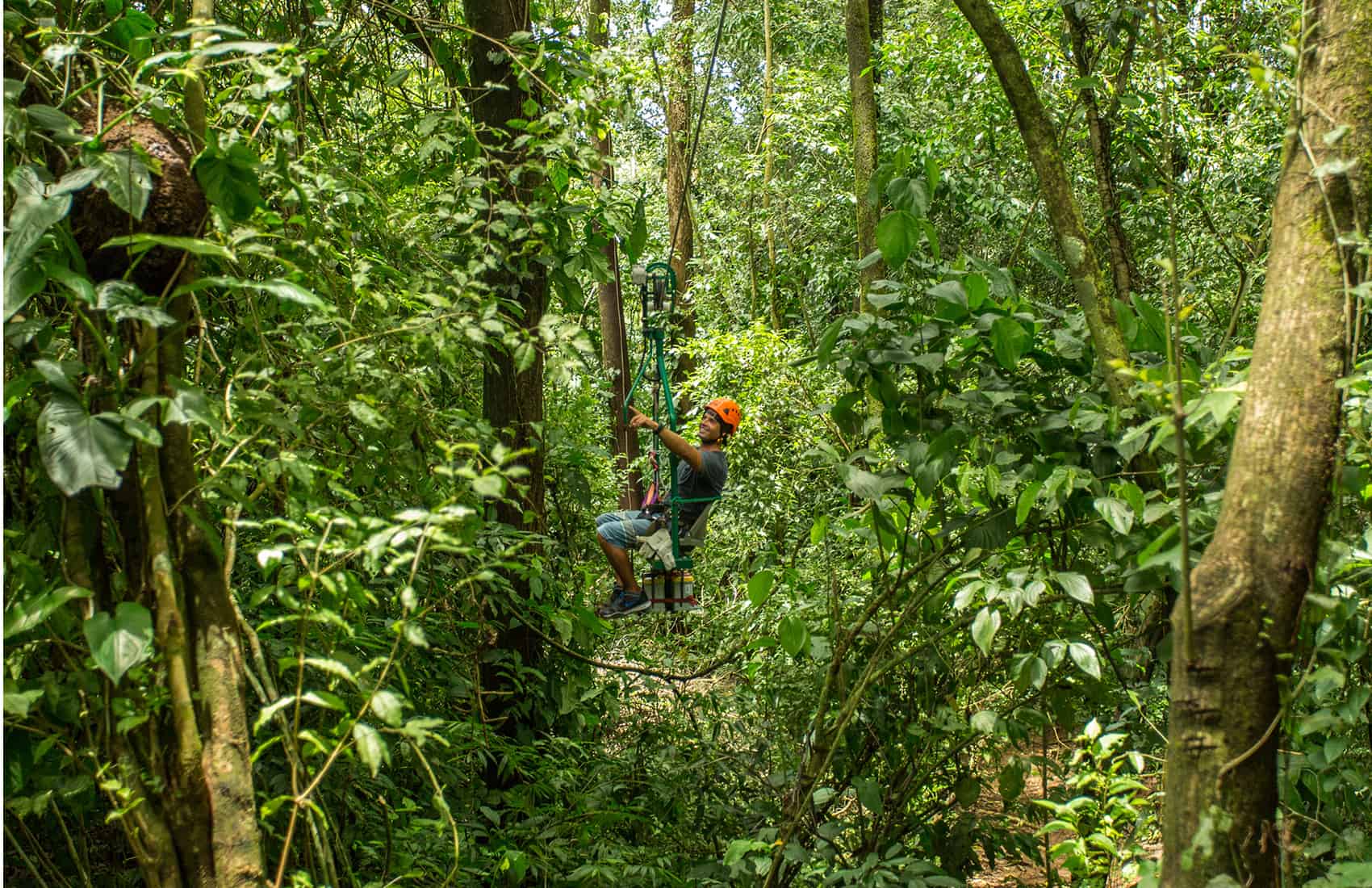The U.S. State Department unveiled a new system Wednesday to inform its citizens about travel safety around the world by introducing a four-point country safety ranking and an interactive world map.
Costa Rica ranks in Level One, the safest ranking, along with several other Latin American countries including Chile, Argentina, Bolivia, Costa Rica, Ecuador, Paraguay, Panama, Peru and Uruguay.
Colombia, Brazil, the Dominican Republic, Nicaragua and Mexico are on Level Two, which signifies “exercise increased caution.”
Cuba, Venezuela, Guatemala, Honduras and El Salvador are on Level Three, “reconsider the trip.”
Ten countries received a Level Four ranking, which means “don’t travel”: Afghanistan, the Central African Republic, Iran, Iraq, Libya, Mali, Somalia, South Sudan, Syria, and Yemen. North Korea is also included, even though the U.S. legislation already prohibits its citizens from traveling to that country.
Some of the classifications of other countries could potentially provoke complaints, although State Department authorities said the government is only offering a new format for information that already existed. Important European allies such as the United Kingdom, France, Germany and Spain were assigned to Level Two.
The warning system for travelers has always been controversial and frequently offends other countries, but officials insist that the changes are designed to present their recommendations in a clearer way.
“These are not political documents. They’re simply based on our evaluation of the security situation,” said consular officer Michelle Bernier-Toth.
Each country is described on travel.state.gov detailing the specific threats and the reason of the classification.
Mexico has complained in the past that U.S. warnings harm its tourism industry, but the changes to the website included a detailed description of which areas to avoid due to drug trafficking.






